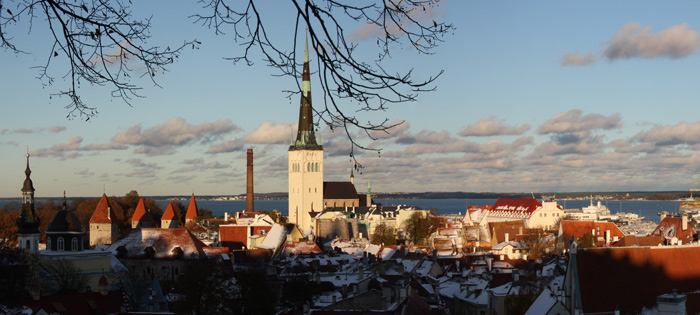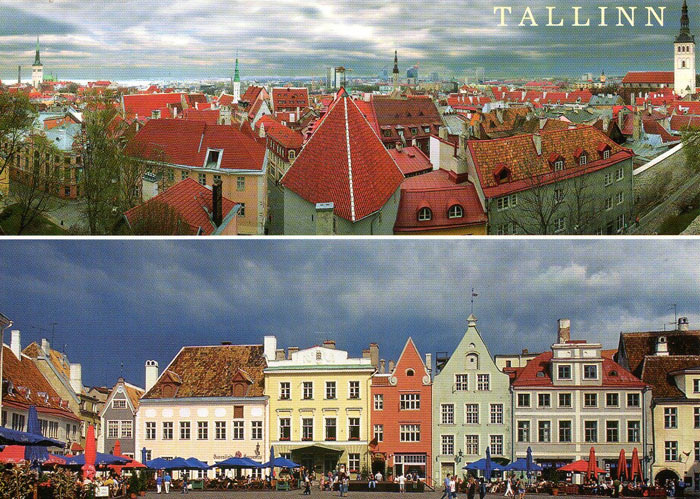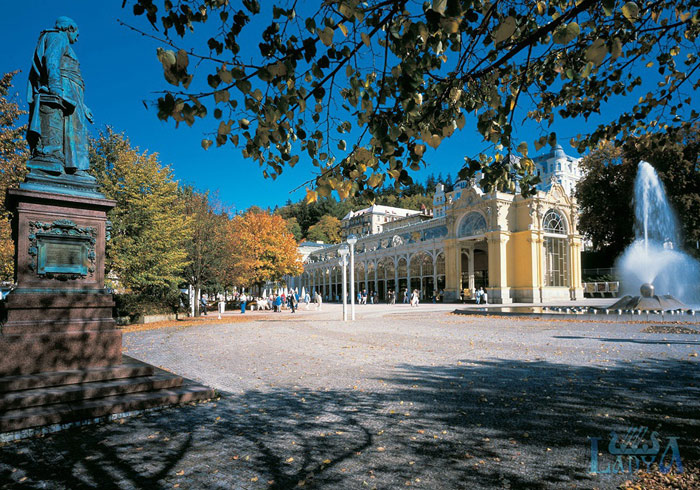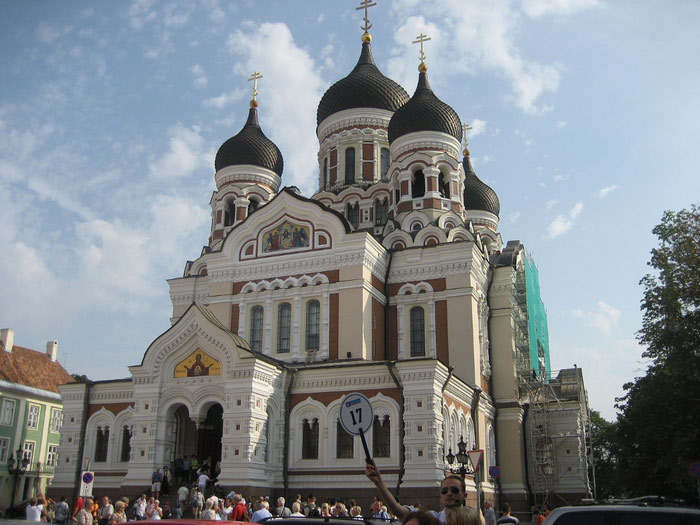Tallinn's historic center
Unesco's Scientific, Educational and Cultural Organization has recognized the Historical Center of Tallinn, the Estonian Republic as the World Cultural Heritage in 1997.

Tallinn is the largest city, and is the capital of the Estonian republic. Tallinn is located on the Baltic coast, an extremely important economic, political and cultural center of Estonia. Tallinn is also ranked as a global city and is ranked among the top 10 digital cities in the world. Tallinn is also the Cultural capital of Europe in 2011. Tallinn's old town area was recognized by the Unesco as a World Cultural Heritage in 1997.

Through many studies and studies, archaeologists have found traces of the first human settlement in Tallinn's City Center. The vestiges found in the old town area are 5000 years old. Some ceramic items such as combs, pots, pots date back to about 3000 BC, some ceramic jewelry dates back to 2,500 BC. Many historical evidence also indicates that the first fortress built in Tallinn was in 1050.
As a small city, Tallinn has a population of nearly 400,000 people but has a admirable history. In particular, the population living in the central area is relatively limited. In Tallin's historic center area there are a number of remarkable historical buildings such as the Cathedral built in the 1900s; Gothic Tower of St Olaf Church; Town hall; Outdoor Museum Rocca-al-Mare .


Tallinn's historic center is famous for its public buildings such as churches, town hall, central square .
St Olaf Church is the tallest church in the world built by King Olaf of Norway in the 12th century. The tower is 159 meters high, not only a beautiful architectural work but also a symbol and a pleasure Pride of city people.
The town hall is located in the center of a large square, this is a prominent stone architectural building built between 1371 and 1404.

In the historic center, there are 2 typical Gothic fortresses and the high tower is also called Hermann. Not only are there prominent public buildings, Tallinn's historic center is also highlighted by the medieval urban landscape architecture, with winding narrow streets, houses like in fairy. Most of these works were built between the 13th and 14th centuries.

Although it is a small city, Tallinn is very attractive to tourists because of its cultural history, besides that ancient architecture and many indigenous traditional customs here are very attractive. The most touristy winter in Tallinn is winter because the winter night here lasts 18 hours , the snow blankets the old roofs, the long streets are so breathtaking that the landscape here is no different from what is often seen in fairy tale.

Especially on Christmas and New Year, the Christmas market held in Town Hall Square is very famous in Europe. In this market, many items from hats, wool shoes, wooden bowls, glassware, ceramics, candles, and wine are all available. Especially, most of the items here are handicrafts. Native craftsmen skillfully create. On this occasion, there are always musicians, street dancers performing and playing music at the historic center of Tallinn, making the atmosphere extremely lively and warm.

The famous Christmas market in Tallinn
Due to the fact that Tallinn's historic center has many diverse and highly valuable ancient buildings, the history of this city has been through many different periods and periods.
As an important port for trade between Russia and Scandinavia, Tallinn became the target of the invasion of the Danish, German and Swedish armies.
During the Great Northern War, Tallinn joined the Estonian Swedish and Livonia surrender to the Russian Empire in 1710, but the leading local organizations and agencies retained their cultural and economic autonomy in the Empire. Russia is the Estonian Territory.
On February 24, 1918, the Declaration of Independence was announced in Tallinn, followed by the German occupation of the Royal and an independent war with Russia. On February 2, 1920, the Tartup peace treaty was signed with the Soviet Union, in which Russia recognized the independence of the Republic of Estonia. Tallinn became the capital of an independent Estonia. After World War II began, Estonia was again occupied by the Soviet Union (Soviet Union) in 1940, and then occupied by German Nazi Germany from 1941 to 1944. After the withdrawal of Nazi Germany in 1944, Tallinn once again was occupied by the Soviet Union. After merging into the Soviet Union, Tallinn became the capital of Estonia.

Tallinn's historic center is recognized by Unesco under the criteria (ii) and (iv).
Criterion (ii): Tallinn's historic center is the most remote but most powerful development in the Northeast region of Europe between the 13th and 16th centuries. The history of this city is also experienced. many stages and invasions of different countries but still between tradition and inheritance of local culture.
Criterion (iv): Architecture, the landscape of this historic central area reflects the existence of a feudal regime and a variety of resonant cultures.
- Historic center of Salzburg
- Historic center of San Gimignano
- Historical center of Brugge
- Historical center of Florence - Italy
- Historic center Berat and Gjirokastra
- Graz City and the Scholoss Eggenberg historic center
- Historical moments when people first set foot on the Moon
- Historical center of Vienna
- Vilnius historical center
- Historical center of Rome - Italy
- Riga historical center
- Saint Petersburg city center
 Suzhou classic bonsai garden - China
Suzhou classic bonsai garden - China Chau Nguyen Dynasty
Chau Nguyen Dynasty Thai Son Mountain - World Wonder
Thai Son Mountain - World Wonder Ancient villages of Shirakawa-go and Gokayama
Ancient villages of Shirakawa-go and Gokayama